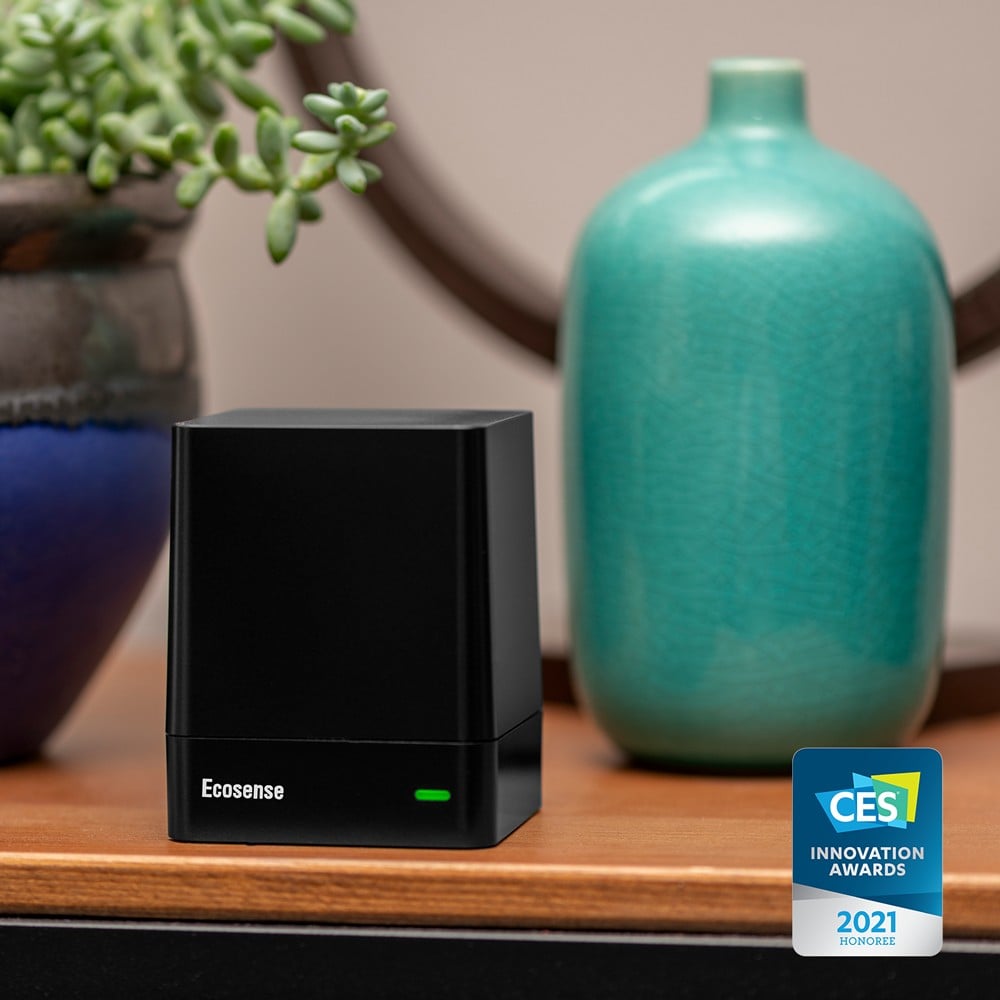Electric Storage vs Tankless vs Heat Pump Water Heater Choosing the right water heater for your home is essential for energy efficiency, cost savings, and overall convenience. Generally, all water...

What Is The Best Radon Test Kit?
By Mike Holmes
Mike’s Advice / Home Safety & Maintenance
Tuesday, May 4th, 2021 @ 11:30am
What is Radon Testing for Your Home
Radon is the leading cause of lung cancer in non-smokers. Moreover, Health Canada estimates that radon causes 3,300 lung cancer deaths a year in Canada. What really gets me is that it’s preventable. In this article, I am going to discuss the different radon testing options available on the market.
I’ve been talking about the dangers of radon gas on my TV shows for years, and only recently am I starting to see people understand it.
We wear seatbelts, helmets, and life jackets; we make sure our smoke alarms and CO detectors are working and that our stairs are sturdy and to code. But what are we doing to protect ourselves from high indoor radon levels?
To read about this radioactive gas, read my article on radon.
What is Radon Test?
The radon test is a test to identify the level of radon in your home. A radon test can be done by a professional home inspector or by yourself using a radon test kit or the radon tester. Testing radon can be a DIY project. Besides, there is also radon testing equipment for inspectors.
Since radon gas is odorless and colorless, the only way to find out if your home has high levels is to test for it. Remember that radon levels can fluctuate depending on weather, humidity, and time of the year – even house to house. Your neighbour’s test may say they have low levels of radon – that doesn’t mean yours will too.
Is Radon Test Necessary
Absolutely yes, because radon is present in every indoor environment, so it’s vital that homeowners must have their homes tested. Because long-term exposure to radon gas is harmful and can even lead to lung cancer.
Types of Radon Test
Depending on the length of the test, the size of the radon tester, and the operation, there are a few different types of radon test available.
#1 Palm-sized Intelligent Radon Tester
Ecosense’s EcoQube is a palm-sized intelligent radon detector that I have recently started using. It was a CES 2021 Innovation Award Honoree. Its patented detection technology powers fast, accurate and reliable results.
Wireless connectivity securely delivers the results and alert notifications straight to your phone. Always monitoring to provide accurate radon levels and displays a real-time status using a 3-color LED on the front side.

Another option is Ecosense’s EcoQube which is a palm-sized intelligent radon detector with outsized features. Wireless connectivity securely delivers the results and alert notifications straight to your smartphone.
#2 Should You Get a DIY Radon Test Kit?
You can buy radon test kits online or at your retail store, but remember that testing isn’t so simple. You must follow the instructions on the package, or you may compromise the results.
For example, check to see where the device should be placed (away from venting). If you’re doing a short-term screening test for radon, you will also have to make sure your doors and windows are closed during the testing period. The testing period varies, more on that below.
DID YOU KNOW?
The best time to test is during the winter, when windows and doors are shut.
You can get a home inspector to test for radon levels in your home. Just make sure the person you hire is certified by the Canadian National Radon Proficiency Program (C-NRPP). You can find these pros on the C-NRPP website. My Mike Holmes Inspectors can perform radon testing, including testing for other contaminants like mold and VOCs.
#3 Should You Get a Short Term Radon Test?
Short-term radon tests are usually between 2-30 days and are viewed as a screening test, which should be followed with a longer-term test of 90-365 days. If you are going away on vacation, it might be a good time to test for radon since you won’t be opening your doors or windows.
Even a 48 to 96 hours test is a good first step towards radon problems.
- Rapidos® Alpha Track, starting at $60
#4 Is a Long-Term Radon Test for you?
Health Canada recommends testing for a minimum of 3 months. Radon levels in homes can fluctuate a lot – even over one day. We’ve seen levels change by as much as 2-3 times in 24 hours.
We also see variations between seasons, and that can be even larger. A long term test will give you a more accurate indication of your average annual radon concentration and exposure risk than a short term test.
- Radtrak2® Alpha Track (about $40, including lab fees). This is suitable for 90-day or one-year testing
Reduce your risk of developing lung cancer by testing your home for radon. We test all of our job sites. If the results come back to show your home has high levels, you have a few radon mitigation systems to choose from.
#5 RadonEye – World’s Fastest Radon Tester
I love this RadonEye device that was released not too long ago. In TEN MINUTES you will see your first reading, and in one hour you will get a reliable result regarding your radon level. This is a fantastic, smart radon measurement device for your home or office.

The Radon Eye uses real-time inspection to display the first reliable result within 60 minutes, with updates every 10 minutes.
#6 Victoria Radon Alarm
Victoria™ is the first, real-time alarm for excessive radon concentrations in a dwelling.

The Victoria functions like a carbon monoxide detector, alerting when indoor air is hazardous.
This is a good guide from Health Canada on where to place your radon tester.
How To Reduce Radon Levels
All homes will contain some amount of radon. The question is: how much, and do you need to perform some mitigation strategies? Here is a complete guide to removing radon from your home in 100 days or less.
There is a common misconception that only homes with basements are susceptible to radon entry. However, that’s not true. If you have a crawl space or a home built on a slab, you better get your home tested. Radon can even enter your home through your well water. The only way to know if you have it is to test for it.
There are so many radon testing options available. Do your research!
Who should test their homes for radon gas?
The short answer is everyone.
- People moving into a new home. You should test your indoor air quality as part of your home inspection to ensure it’s safe for your family.
- Families with children. You want to limit radon exposure for everyone in the family, including children.
- Homeowners that have a basement. Radon comes from rocks and soils under your home. You want to make sure you’re testing a home with a basement, and any other ground contact rooms if you don’t have a basement.
- People living in areas that are known to have high levels of radon. You can actually purchase a radon map here. Even if you live in an area with typically low levels, I still recommend testing.
- Homeowners with a well. Did you know that radon can be found in well water in addition to the air inside your home? I didn’t know that until recently. If you have a well on your property, you should absolutely get your well water tested.
- Pet owners. Your pets spend a lot of time indoors. Protect their health by testing your home. Think about this – radon accumulates close to the ground. Where do your pets sit? Close to the ground. The folks at Radon Environmental who help test and mitigate my sites for radon gas are launching a campaign called “The Bark Side of Radon” to help educate pet owners on the importance of testing their homes. Pets are part of our families – let’s make sure we take care of them, too!
Watch below to see how the Radon Environmental Airwell™ can help radon mitigation in a well.
READ NEXT:
Building a New Home, Have You Considered Installing Radon Mitigation Systems?










